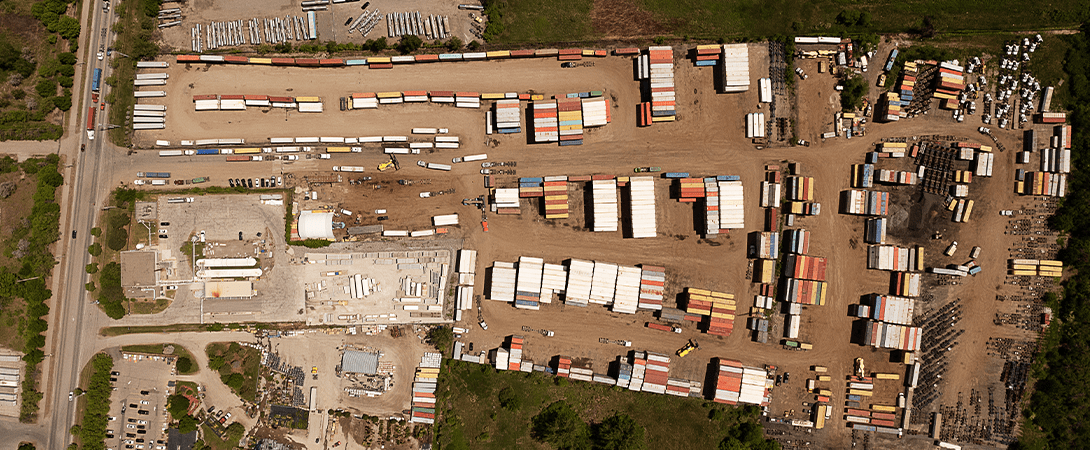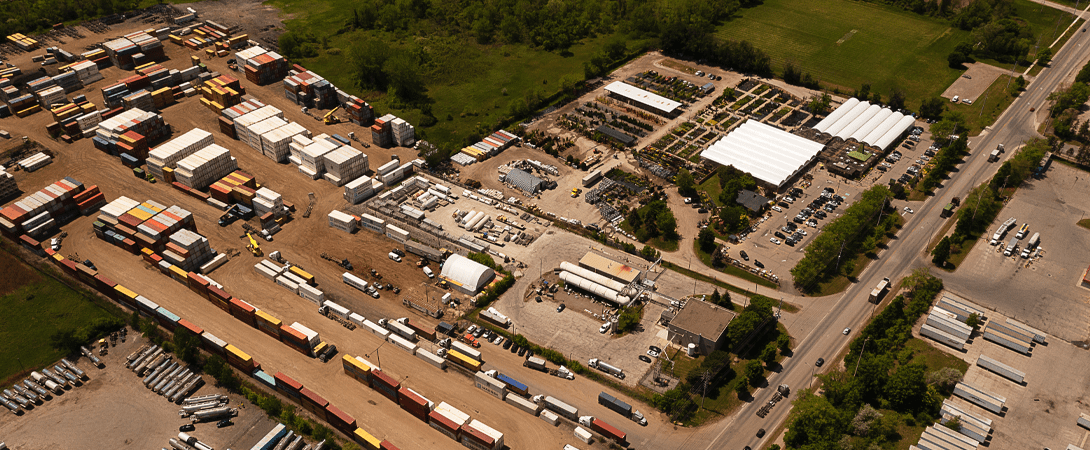
Creating safe roads for all who ride, walk or drive them is a much-needed solution to the growing problem of the encroachment of commercial spaces into the residential. So, why are freight vehicles not being put into the equation with street planning? Although their streets are amazingly outlined and planned, there are still some aspects to Complete Streets’ plans that seem to overlook the size and needs of transport and freight trucks; some aspects that cause concern for those whose profession is driving on those roads every day.
Complete Streets are streets planned to accommodate all who traverse them, be that pedestrian, biker or driver, while also promoting liveability; creating a space that fosters human activity around the planned routes. The proposed goal of Complete Streets is one that most larger cities need, especially those within the GTA, needs. As areas expand and look to accommodate people with differing abilities and a plethora of new, exciting businesses popping up, we need to have streets reflect their growing needs. Unfortunately, it seems that within early stages of planning, Complete Streets seem to overlook the biggest vehicles that need to traverse those streets. The massive freight that provides neighborhoods and businesses with their much-needed goods. Especially with the pandemic, we have seen the consequences of delayed goods. With the flash closing of the US border to prevent the rapid spread of COVID-19, our country’s supply chain was slowed, delayed, stunted. We were lacking the quantity needed and the ability to transport PPE to even our nurses and doctors when we needed it most. With some of the street designs that Complete Streets has proposed, transport truck drivers are scared these delays and accidents may happen more and more even as the pandemic slows.

Although fleet owners and driver training schools such as Musket Transport and CHET, work diligently to make sure their transport truck driver’s are as safe as possible in all situations, there are some circumstances that outside of the driver’s control. One of these circumstances is the problems that arise from the ever-growing expansion of commercial spaces into residential neighborhoods as well as developments with the integration of both; a problem quite prevalent in the Greater Toronto Area as transport trucks and pedestrians are forced to interact more and more. On January 3 of this year, a young man was rushed to the hospital after smashing into a transport truck. Another couple in Mississauga unfortunately passed away after colliding with a transport. Both heartbreaking examples of what can happen with pedestrians, other drivers and transport trucks when forced to maneuver spaces that are not made to accommodate them. As new organizations come forward to work on creating safer street spaces, transport truck drivers were quite excited. But as plans start rolling out, they feel more and more out of the loop.
In order to promote more eco friendly movement and the safety of bikers, Complete Streets looks to add separate bike and pedestrian lanes to their streets. These additions unfortunately come at a cost. Lane reduction. Because of their large vehicles, transport truck drivers have difficulty navigating restricted turns, narrow lanes, and curved or circular travel paths. The closer quarters on the road forces other drivers and pedestrians into the blind spots of transport trucks. Unfortunately raises the chances of collision, no matter the experience of the driver. These narrowing lanes also restricts the carrying load. To transport the amount of goods needed for the area, more trips will need to be made, more trucks will need to be put on the road. Not only does it increase the congestion within the area, but the additional fuel also needed to make multiple trips is counter intuitive to Complete Streets’ sustainability efforts. A vicious cycle that can debilitate communities or even worse, turn fatal.
In response to Complete Streets’ early stage planning, the City College of New York’s Grove School of Engineering and Spitzer School of Architecture in collaboration with the New York City Department of Transportation have outlined the below considerations that Complete Streets should take when planning their roads to make sure all who travel along Complete Streets’ are as safe as possible.
- Current or expected future freight trip generating land uses in the surrounding area, including industrial land uses such as manufacturing and warehousing as well as commercial and residential activities that rely on freight deliveries
- Local truck size and weight regulations (or applicable federal or state regulations)
- Current or expected freight traffic flows (ideally vehicle classification counts), and general traffic conditions
- Street network designations, including highway functional classifications as well as any freight-specific functions
- Historic data, such as collision records, for incidents involving freight vehicles
The Smart Freight Centre, a proud partner of Musket Transport, has endorsed these recommended considerations in road planning within the Greater Toronto Area. By providing a voice for the community as well as truck drivers, the Smart Freight Centre hopes they are able to sway decision makers to create fully comprehensive and inclusive road plans. As a fleet and driving school, Musket Transport and CHET work hard to provide drivers and students with all the tools and training available to be as safe and efficient on the roads as possible. But when roading infrastructure works against drivers at every turn, this becomes more and more difficult to achieve without the action of those creating the roads they operate on.
